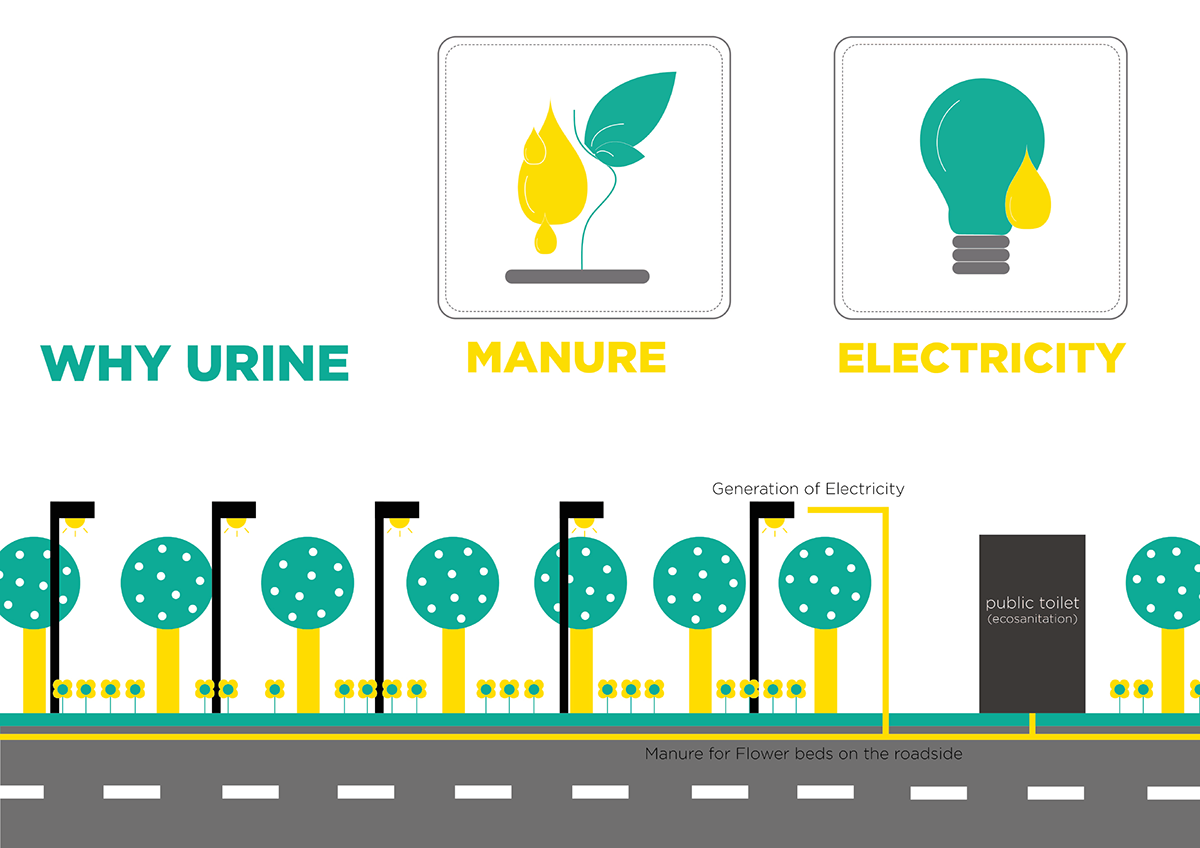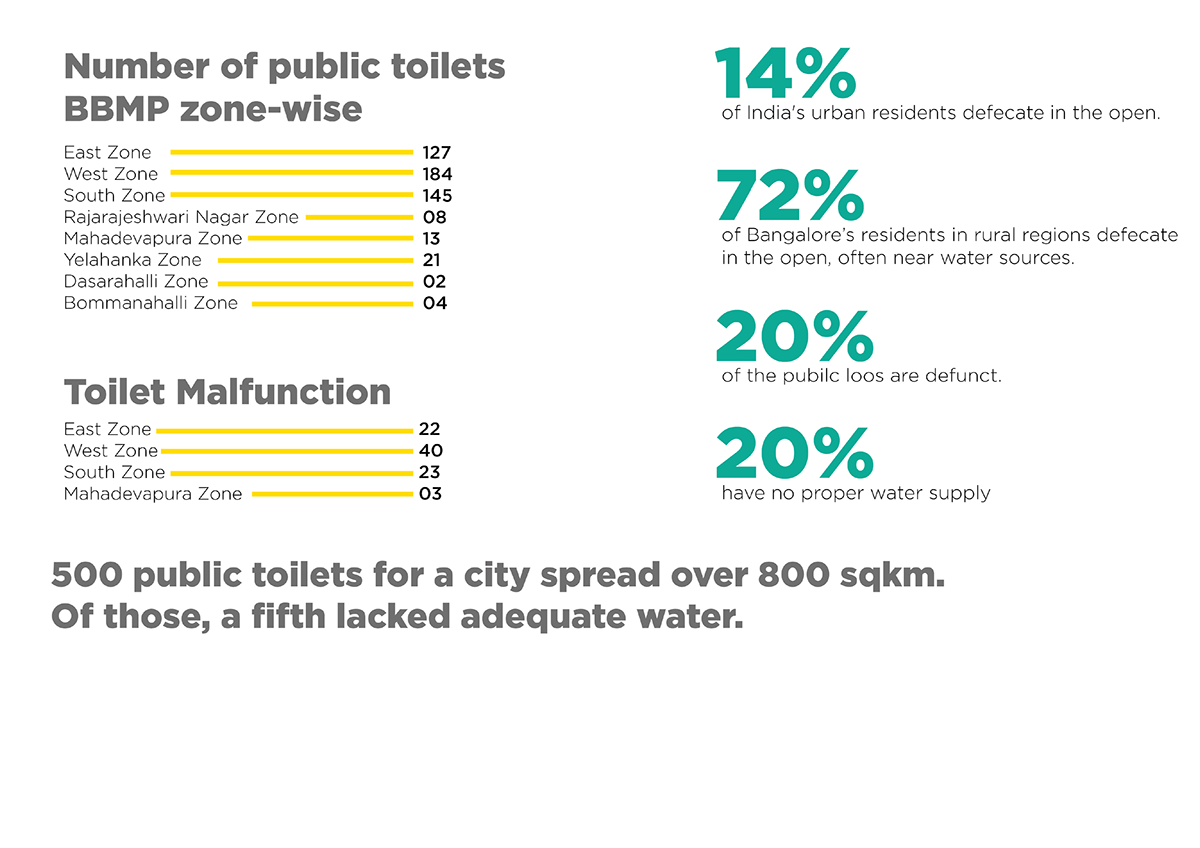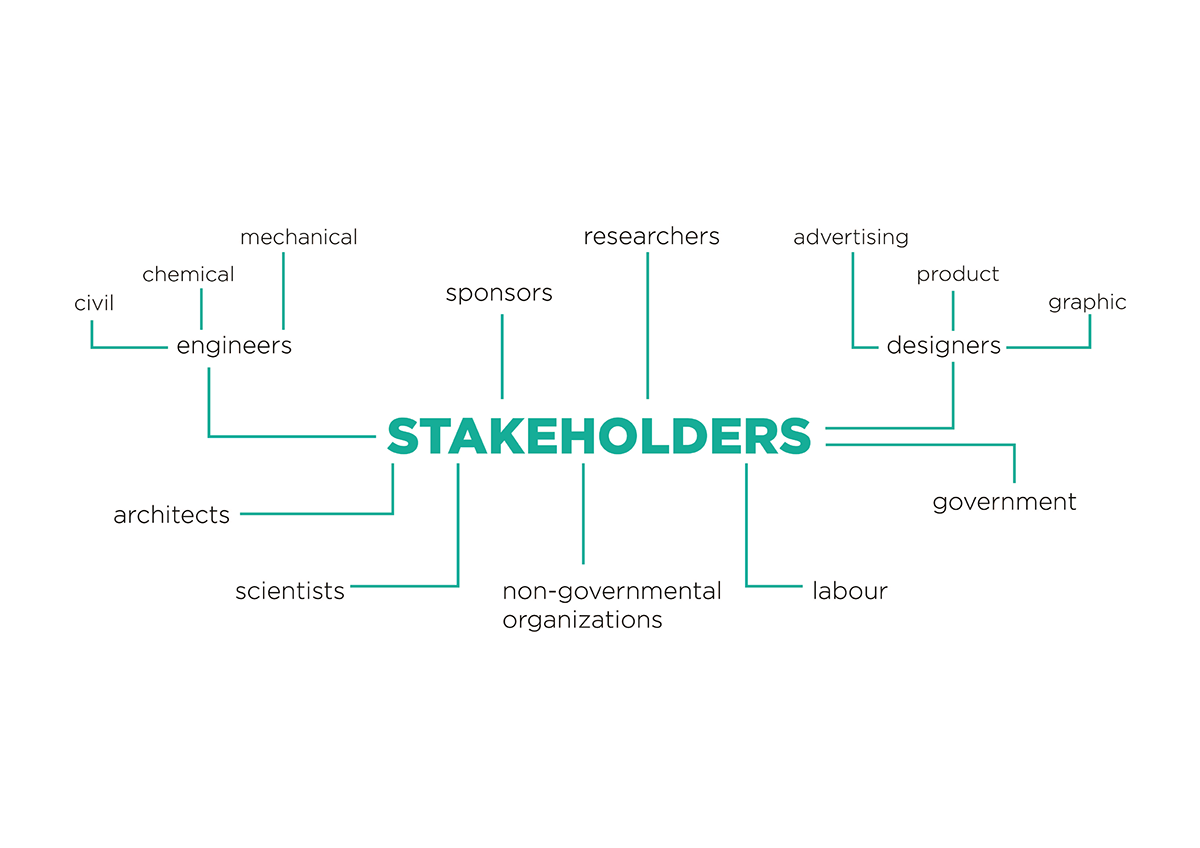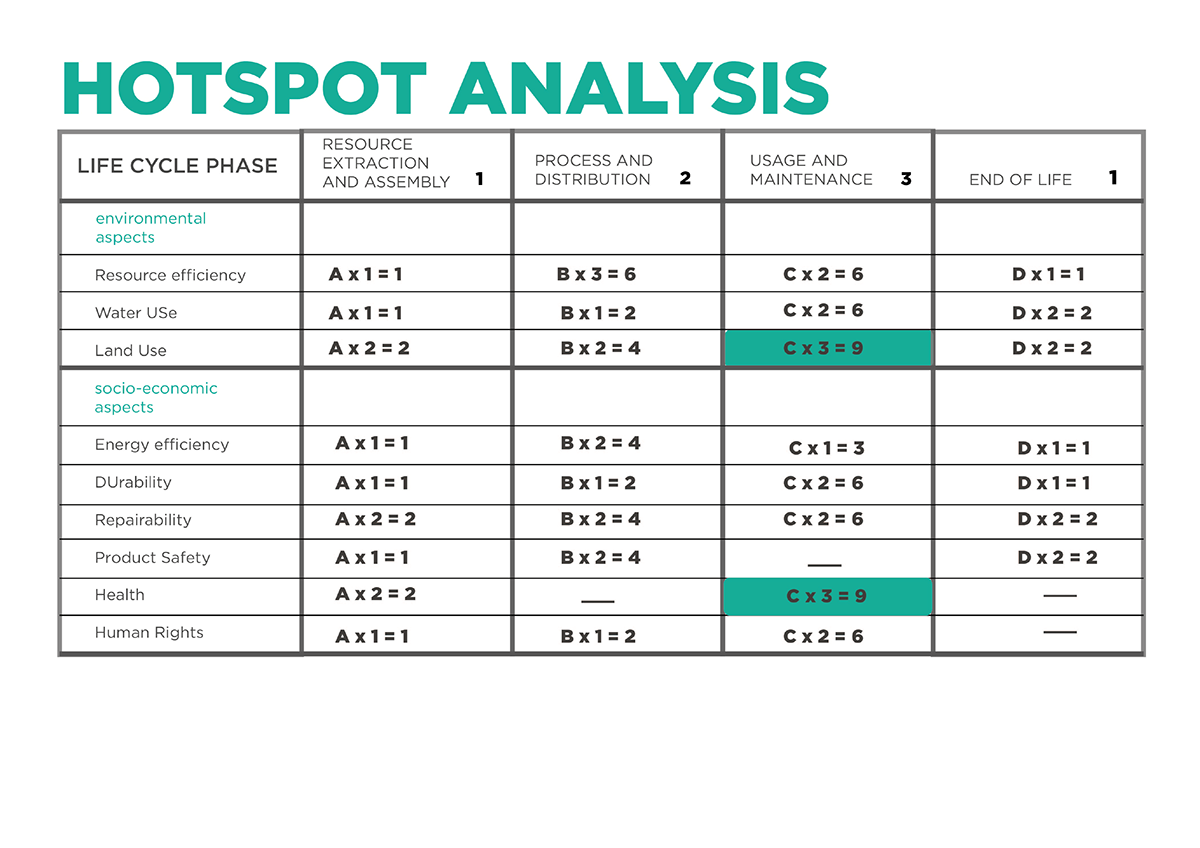Pee Power (Pee-Saab)
‘A campaign to curb and create awareness about public urination’ 5th Sustainable Summer School, Nikolaus Monestary, Germany during August-September 2013.
A project by: Ananya Singh (Srishti School of Art, Design and Technology, Bangalore, India)
Hamna Tahir (Beaconhouse National University, Lahore, Pakistan)
Sanika Sahasbuddhe (Srishti School of Art, Design and Technology, Bangalore, India)
Mentors:
Dr. Susu Nousala (Aalto University, Helsinki, Finland)
Katri Pulkkinen (Aalto University, Helsinki, Finland)
Gwendolyn Kulick (Beaconhouse National University, Lahore, Pakistan)
Introduction:
This project was initiated at the 5th Sustainable Summer School held in Nikolaus Monastery. During the ‘Grassroots Movement to Mainstream Reality’ Workshop, after immense brainstorming and collaboration we attempted to relate the contexts in India
and Pakistan towards sustainability. The project, we presented, called ‘Pee-Saab’ is about the issue of lack of sanitation on streets and urban spaces due to public urination by men. This project is quite a challenging issue, as many who have tried to curb such actions have been unsuccessful. We hope to see the real implications of our project in the context of India and Pakistan, to spread awareness about health and sanitation as one of the major aspects of survival and good life. Our aim was also to keep in mind that the resources we use in this project are renewable, cost-effective, and easily accessible.
We as students of Design and Visual Communication, are looking at how we can promote awareness about a sensitive
issue such as this, through humorous but provocative and effective statements about public urination and making the public ponder over the appropriateness of their actions.
For instance, one of the ideas is to put up mirrors, or similar sturdy reflecting material on roadsides, such that a man, who is urinating on the roadside, becomes conscious of his act and that everybody else can see him unzipping.
To tackle the glaring issue of public urination by men in India and Pakistan it is essential
to provide them:
1. Cost free clean public latrines: Public Urination contributes to the unhygienic conditions in urban spaces. We propose to create a system that includes improvised urinals, using urine as manure for roadside trees and also using it as an input for small
amounts of electricity
2. Awareness: The aim of this project is to design a campaign that blends with the proposed system to make people aware of the situation to increase the sense of obligation and respect towards public spaces.
Problem Statement:
How can we increase accessibility to public toilets, generate electricity and beautify
cities in India and Pakistan?
Target Audience:
Pakistani and India men who can’t afford public toilets and don’t have access to public toilets. There are one crore people in the city of Bangalore and 10 million in Lahore but proper sanitation is scarce.
Process:
Through our brief research we found out that public urination is a consequences of “paid toilets” being set up in cities. Most men who urinate on the road are economically deprived and hence cannot avail of the “paid toilets”. This makes the public latrines only accessible to those who can pay for the service. The distance between two consecutive latrines is large and uneasy to access. As a way to tackle this, we thought of using redundant structures in public streets, such as old PCO booths, to be converted into toilet cubicles that are free for use. This also solves the issue of toilets for women. A lot of research in this area says that human urine is an excellent manure and also and effective input to make Microbial fuel cells for electricity generation. We can easily use the properties of urine to our advantage, in areas of low water levels and irregular electricity supply by using human waste to create enough power to charge electronic devices, and provide manure for roadside greenery for beautification.
Since every human produces 1-2 liters of urine per day, its utilization is a sustainable method that can be exploited to improve conditions of sanitation in Indian and Pakistani cities. The input source is hence inexhaustible and eco-friendly, not causing any harm to the surroundings.
Why Urine?
Urine can be used for manure & its possible to generate electricity. It doesn’t seem to have any harmful environmental effects, unlike chemical fertilizers. It is free & abundantly available.
Urine as Manure:
According to the literature, urine fertilized plants may have produced higher, similar or slightly lower yields than mineral fertilized plants but they invariably resulted in higher yields than non-fertilized plants.
Ecological Sanitation:
It’s an initiative undertaken by the UNICEF in scarce water areas with high water table areas in which urine and excreta are separated. The Salt absorbing plants utilize the urine that is beneficial for them due to the Nitrogen content. This method of collection and use can be thus applied in this project.
Urine to generate Electricity:
Urine contains phosphorous, nitrogen and potassium. Urine is composed of nitrogen and
is removed during the wastewater treatment process, known as de-nitrification. This
process is very expensive and energy intensive. "Youtricity" offers a possible alternative
producing both clean water and electricity. The Carbamide power system breaks urea or
urine into water and carbon dioxide. It could be used to process wastewater with
electricity as the by-product.
Microbial Fuel Cells
Such a setup can be designed and implemented for the conversion of urine into
electricity. Unique bio-electrochemical transducers that convert wet organic waste
directly into electricity, through the metabolism (waste treatment) of constituent
microorganisms.
Case Studies:
Case Study 1: Pee Project: Bangalore Street Art Aimed at Curbing the Men Who Pee There.
Case Study 2: To keep piddlers away, walls had small painted images of Hindu gods on the walls.
Case Study 3: The Public Toilets Project was being carried out with the collaboration of the ‘Citizens Police-Liaison Committee (CPLC)’
Usage of Redundant Spaces:
PCO Booths are mostly redundant because more than half of the Indian population owns mobile phones now. Using these kind of already existing spaces in cities to build cubicles, street furniture or charging points for mobile phones using electricity
generated by urine MFCs.
Campaigns:
Campaigns and public installations might be effective in creating awareness about the scenario. For instance, putting up mirrors (acrylic mirrors that cannot be broken), in areas where public urination is frequent. Mirrors are a simplistic means to communicate that the person is disrespectful to his own reflection and that everyone is seeing his actions. This is try to create awareness without being judgmental and preachy but slightly humorous and introspective. Also, Guerilla tactics could be used in places where municipality rules are not stringent enough so it becomes a people’s grassroots movement. Social media can be used to spread the movement to different cities and areas.
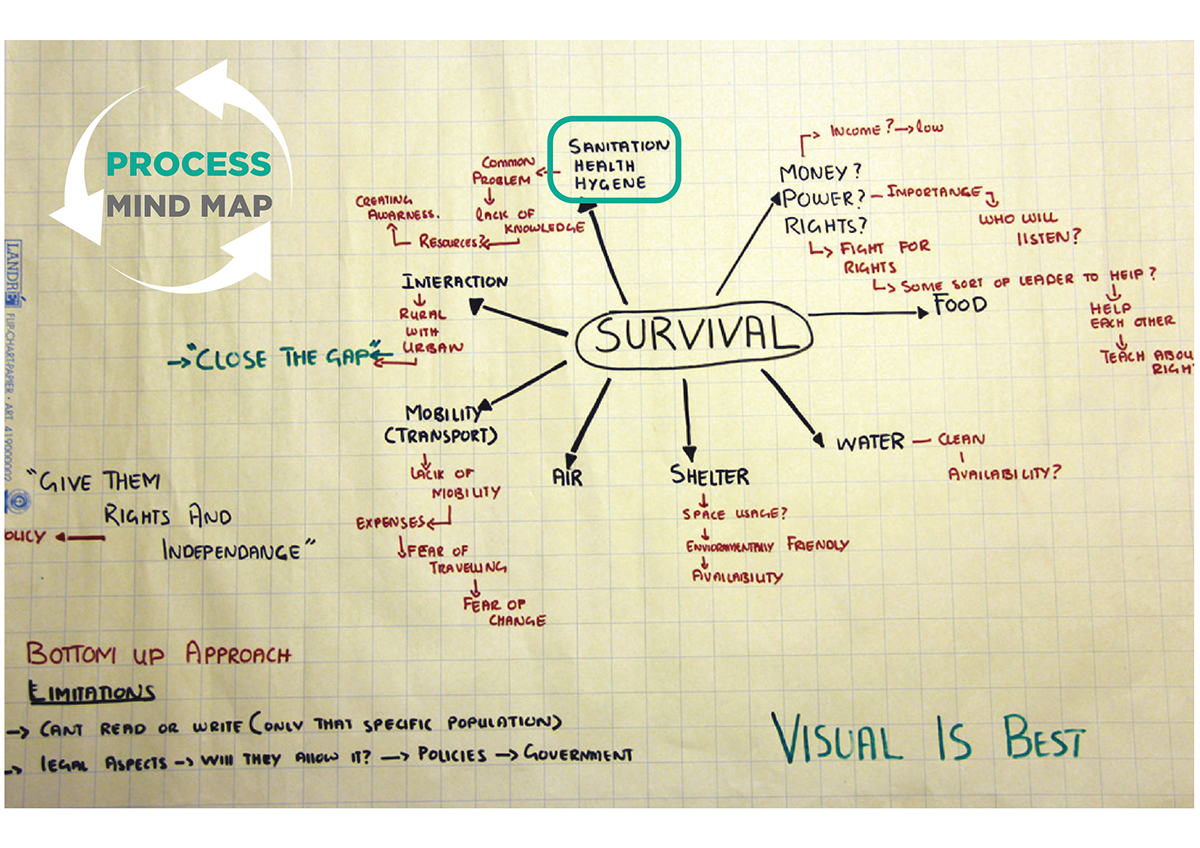

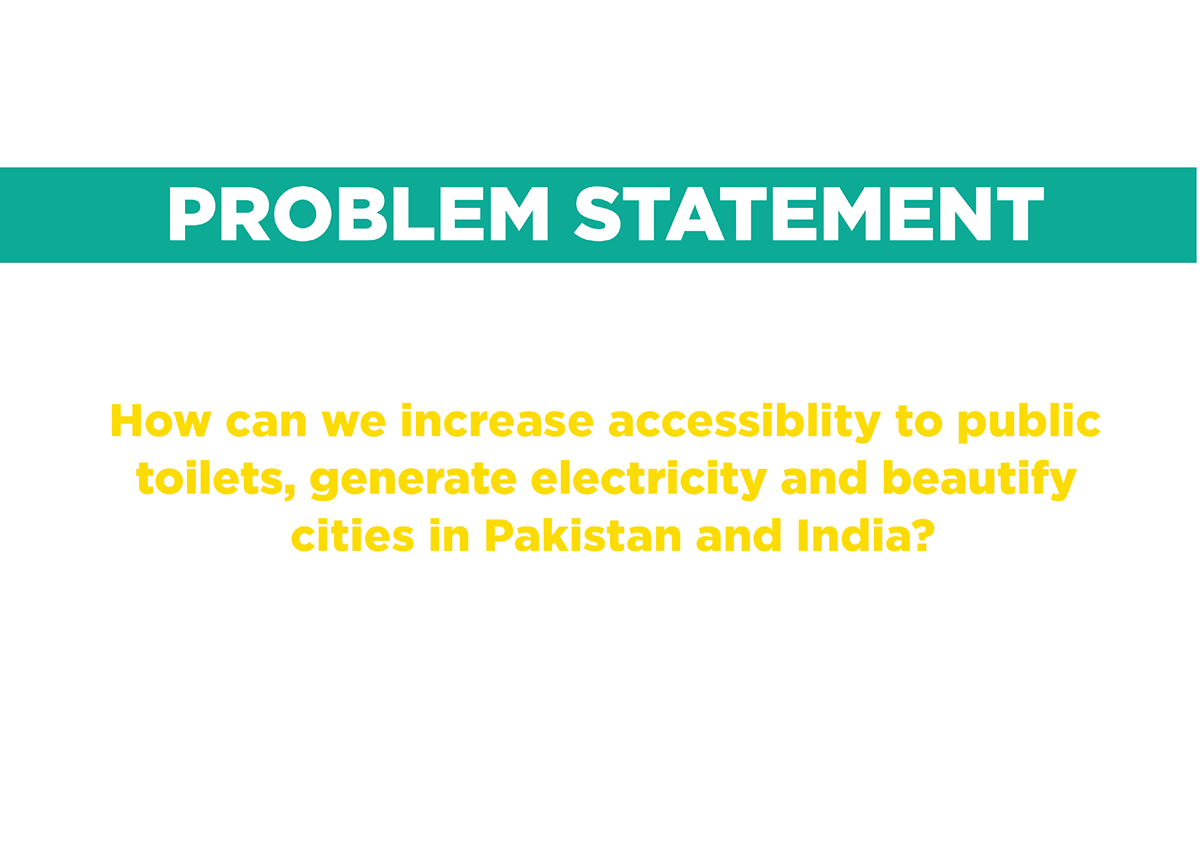
Process:
Through our brief research we found out that public urination is a consequences of “paid toilets” being set up in cities. Most men who urinate on the road are economically deprived and hence cannot avail of the “paid toilets”. This makes the public latrines only accessible to those who can pay for the service. The distance between two consecutive latrines is large and uneasy to access. As a way to tackle this, we thought of using redundant structures in public streets, such as old PCO booths, to be converted into toilet cubicles that are free for use. This also solves the issue of toilets for women. A lot of research in this area says that human urine is an excellent manure and also and effective input to make Microbial fuel cells for electricity generation. We can easily use the properties of urine to our advantage, in areas of low water levels and irregular electricity supply by using human waste to create enough power to charge electronic devices, and provide manure for roadside greenery for beautification.
Since every human produces 1-2 liters of urine per day, its utilization is a sustainable method that can be exploited to improve conditions of sanitation in Indian and Pakistani cities. The input source is hence inexhaustible and eco-friendly, not causing any harm to the surroundings.
Why Urine?
Urine can be used for manure & its possible to generate electricity. It doesn’t seem to have any harmful environmental effects, unlike chemical fertilizers. It is free & abundantly available.
Urine as Manure:
According to the literature, urine fertilized plants may have produced higher, similar or slightly lower yields than mineral fertilized plants but they invariably resulted in higher yields than non-fertilized plants.
Ecological Sanitation:
It’s an initiative undertaken by the UNICEF in scarce water areas with high water table areas in which urine and excreta are separated. The Salt absorbing plants utilize the urine that is beneficial for them due to the Nitrogen content. This method of collection and use can be thus applied in this project.
Urine to generate Electricity:
Urine contains phosphorous, nitrogen and potassium. Urine is composed of nitrogen and
is removed during the wastewater treatment process, known as de-nitrification. This
process is very expensive and energy intensive. "Youtricity" offers a possible alternative
producing both clean water and electricity. The Carbamide power system breaks urea or
urine into water and carbon dioxide. It could be used to process wastewater with
electricity as the by-product.
Microbial Fuel Cells
Such a setup can be designed and implemented for the conversion of urine into
electricity. Unique bio-electrochemical transducers that convert wet organic waste
directly into electricity, through the metabolism (waste treatment) of constituent
microorganisms.
Case Studies:
Case Study 1: Pee Project: Bangalore Street Art Aimed at Curbing the Men Who Pee There.
Case Study 2: To keep piddlers away, walls had small painted images of Hindu gods on the walls.
Case Study 3: The Public Toilets Project was being carried out with the collaboration of the ‘Citizens Police-Liaison Committee (CPLC)’
Usage of Redundant Spaces:
PCO Booths are mostly redundant because more than half of the Indian population owns mobile phones now. Using these kind of already existing spaces in cities to build cubicles, street furniture or charging points for mobile phones using electricity
generated by urine MFCs.
Campaigns:
Campaigns and public installations might be effective in creating awareness about the scenario. For instance, putting up mirrors (acrylic mirrors that cannot be broken), in areas where public urination is frequent. Mirrors are a simplistic means to communicate that the person is disrespectful to his own reflection and that everyone is seeing his actions. This is try to create awareness without being judgmental and preachy but slightly humorous and introspective. Also, Guerilla tactics could be used in places where municipality rules are not stringent enough so it becomes a people’s grassroots movement. Social media can be used to spread the movement to different cities and areas.

